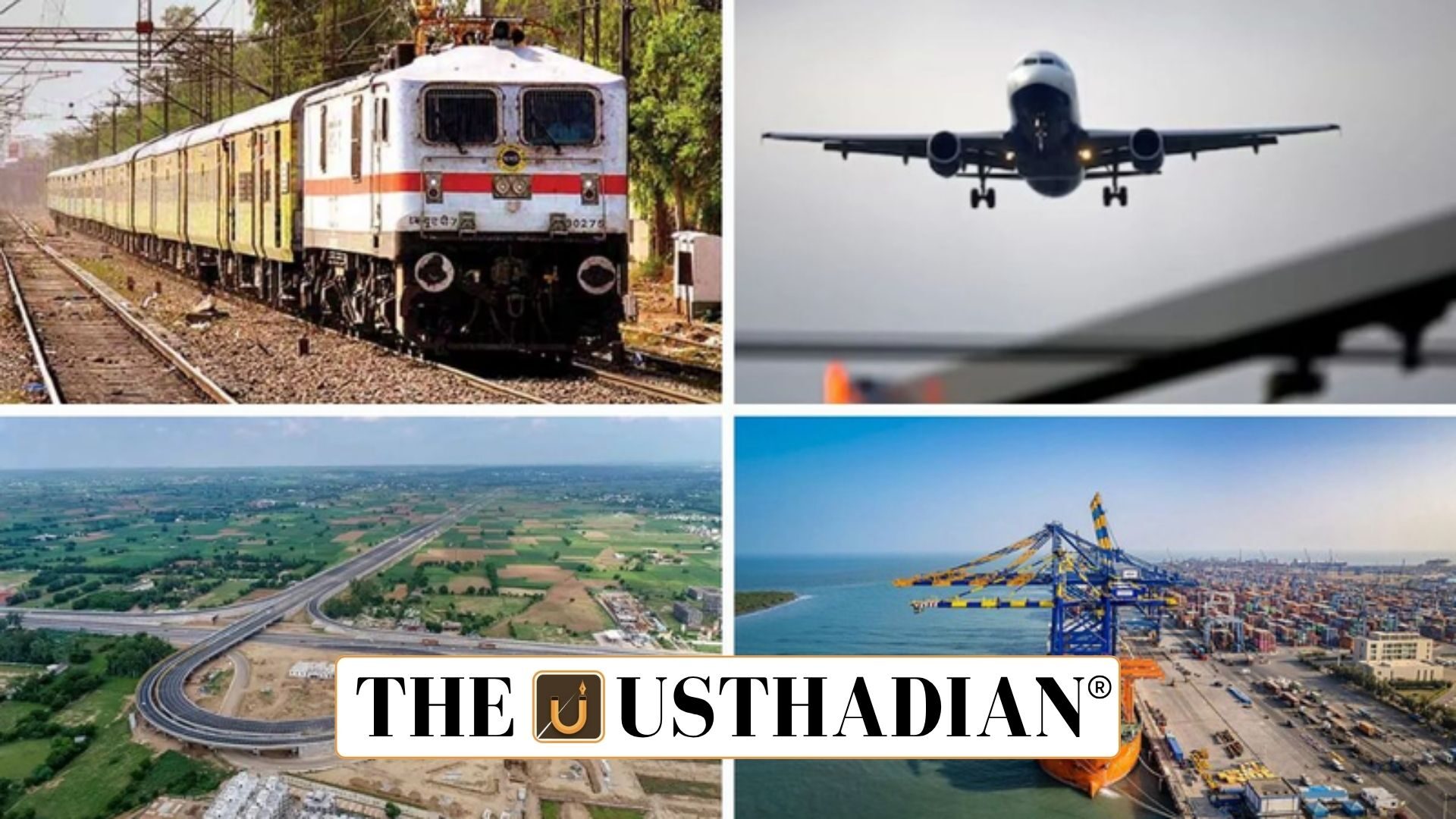Transforming India’s Infrastructure Landscape
PM GatiShakti Four Years of Integrated Infrastructure Progress: On 13th October 2025, India marked four years of the PM GatiShakti National Master Plan, launched by Prime Minister Narendra Modi in 2021. The initiative has redefined infrastructure governance by creating a unified, data-driven ecosystem that links ministries, states, and projects through one digital platform.
Static GK fact: PM GatiShakti was launched in 2021 to accelerate India’s infrastructure growth under a whole-of-government approach.
Vision and Framework
The GatiShakti framework aims to integrate multiple modes of transport—road, rail, port, and air—for seamless movement of goods and people. It connects 44 Central Ministries and 36 States/UTs via a GIS-based digital platform, ensuring synchronized planning and implementation.
By eliminating isolated project planning, the initiative enhances time and cost efficiency, ensuring faster delivery and minimal duplication.
Static GK tip: The platform uses Geographic Information System (GIS) tools for real-time infrastructure mapping and monitoring.
Core Objectives
The key objectives of GatiShakti include:
- Achieving seamless multimodal connectivity across India.
- Reducing logistics costs from around 13–14% to 8–9% of GDP.
- Promoting data-driven infrastructure planning and monitoring.
- Facilitating faster project approvals through inter-ministerial coordination.
- Integrating environmental sustainability into project design and execution.
Achievements in Four Years
In its four-year journey, PM GatiShakti has transformed infrastructure planning into a collaborative, transparent, and technology-enabled process.
- Over 44 ministries and all States/UTs are now using the National Master Plan (NMP)
- Real-time data on roads, railways, ports, airports, and power networks enable quicker decision-making.
- Coordination between ministries has reduced project delays and improved fund utilization.
- The initiative has supported the National Logistics Policy (NLP) and strengthened freight corridors.
Static GK fact: India’s logistics sector contributes nearly 14% of GDP, employing over 22 million people. GatiShakti aims to boost efficiency in this vital sector.
Economic and Strategic Impact
The plan goes beyond infrastructure—it aligns with India’s economic and strategic goals. By enabling faster linkages to industrial corridors, SEZs, and logistics parks, it enhances export competitiveness and supports Make in India initiatives.
Projects like PM MITRA textile parks, Defence Industrial Corridors, and Sagarmala are gaining momentum through GatiShakti-led connectivity.
Static GK tip: The Bharatmala and Sagarmala projects are integrated with GatiShakti to ensure efficient land and maritime connectivity.
Future Outlook
GatiShakti represents the backbone of India’s next-generation infrastructure revolution, ensuring that development is coordinated, sustainable, and inclusive. As the nation targets Viksit Bharat by 2047, this master plan continues to steer India towards efficient logistics, resilient infrastructure, and economic self-reliance.
Static Usthadian Current Affairs Table
PM GatiShakti Four Years of Integrated Infrastructure Progress:
| Topic | Detail |
| Launch Year | 2021 |
| Launched By | Prime Minister Narendra Modi |
| Objective | Integrated multimodal infrastructure planning |
| Ministries Involved | 44 Central Ministries |
| States/UTs Involved | 36 |
| Technology Used | GIS-based digital platform |
| Target Logistics Cost | 8–9% of GDP |
| Linked Policies | National Logistics Policy, Bharatmala, Sagarmala, UDAN |
| Key Sectors Benefitted | Manufacturing, Defence, Textiles, Exports |
| Anniversary Year | 2025 (4th Year) |








